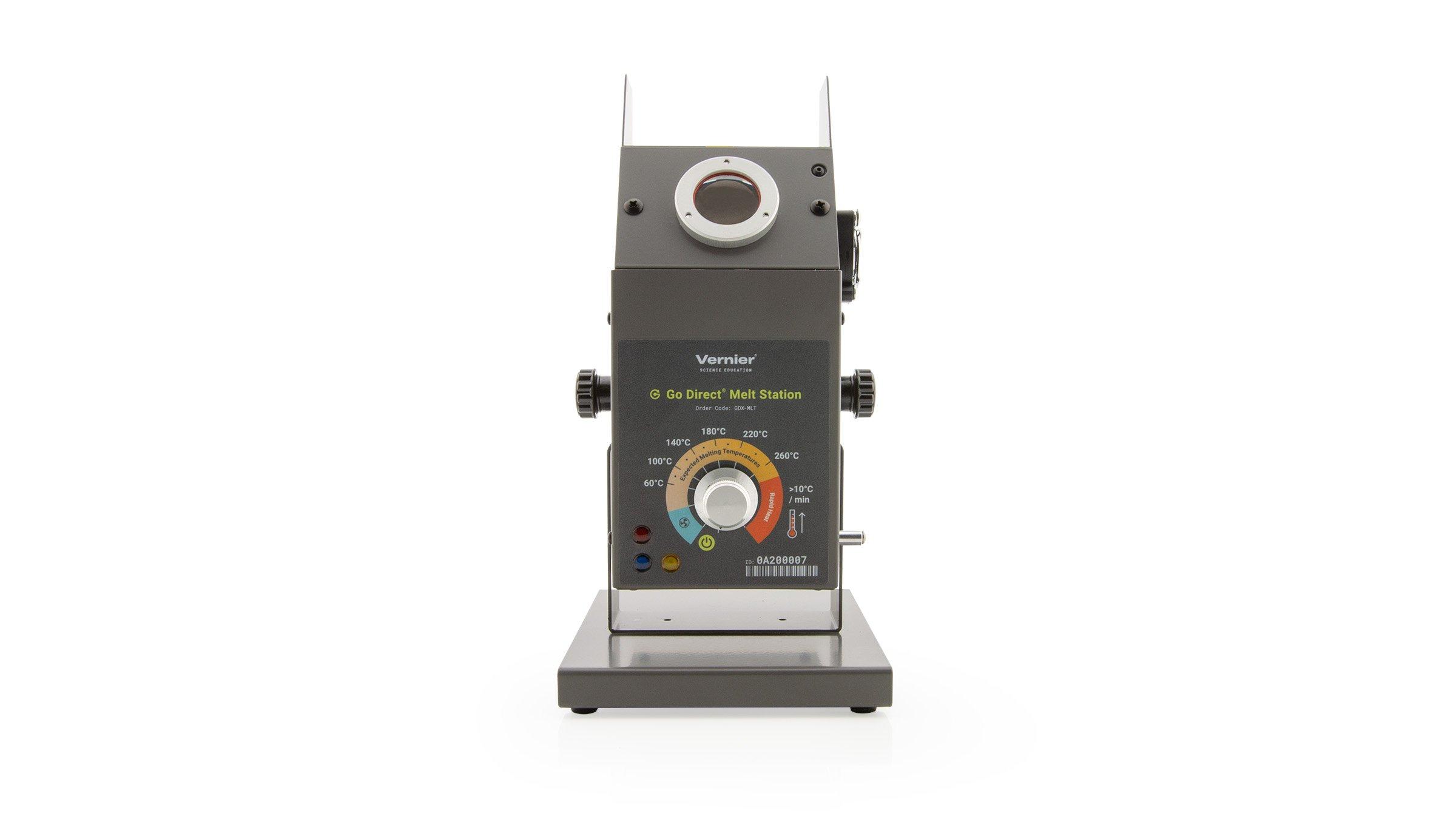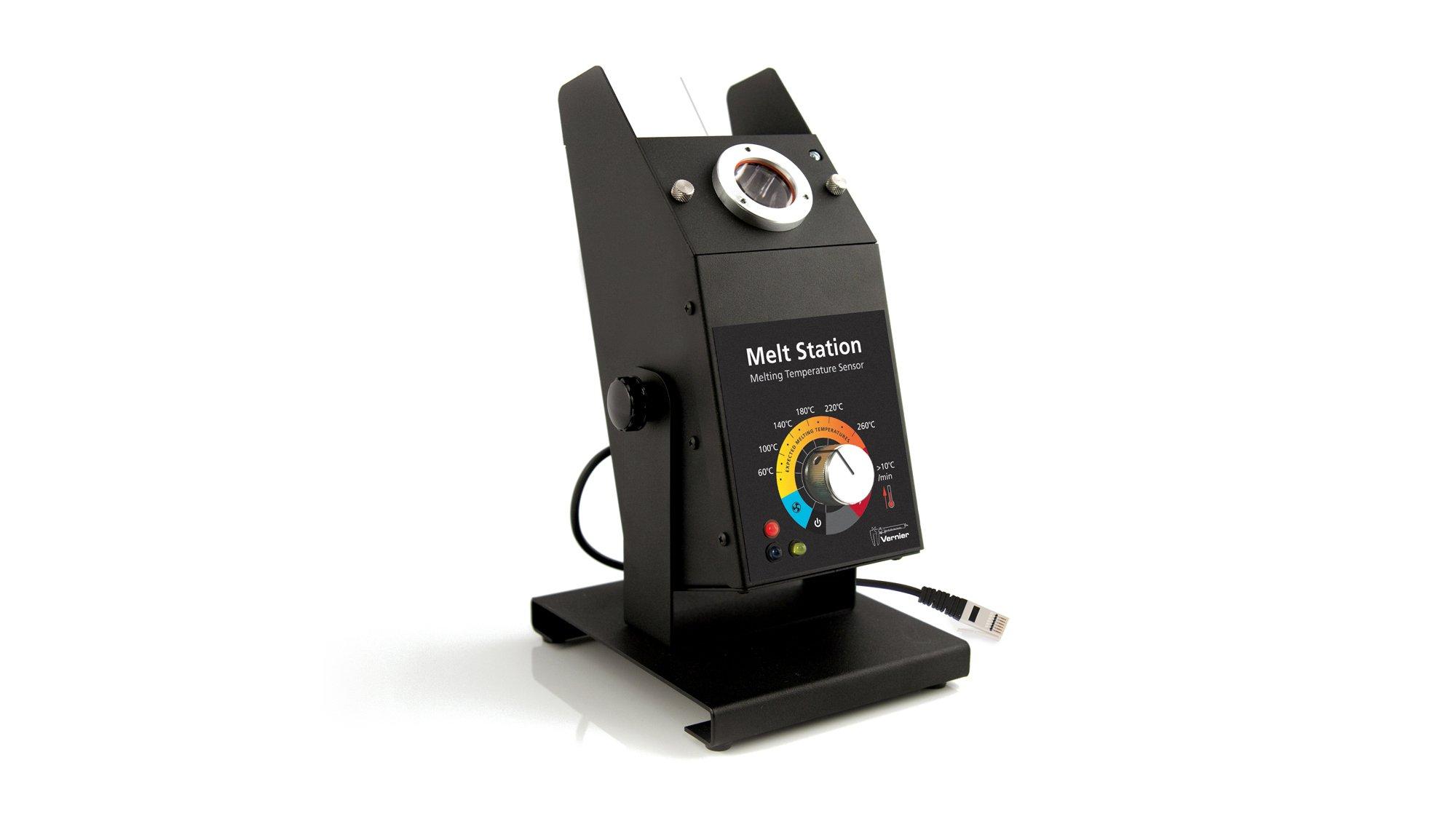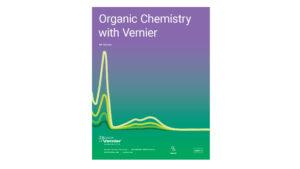The Synthesis and Analysis of Aspirin
Experiment #16 from Organic Chemistry with Vernier
- Education Level
- College
Introduction
Acetylsalicylic acid is the chemical name for aspirin, the ubiquitous pain reliever. One of the compounds used in the synthesis of aspirin is salicylic acid, which is itself a pain reliever that was known to many ancient cultures, including the Native Americans who extracted it from willow tree bark. Salicylic acid is extremely bitter tasting, and frequent use can cause severe stomach irritation. The search for a milder form of this pain reliever led to the successful synthesis of acetylsalicylic acid by the German chemist Felix Hoffmann in 1893.
Your two primary objectives in this experiment will be to synthesize and analyze aspirin. There is more than one way to synthesize aspirin; in this experiment, you will react acetic anhydride with salicylic acid in the presence of phosphoric acid (which acts as a catalyst).
Objectives
In this experiment, you will
- Synthesize a sample of acetylsalicylic acid (aspirin).
- Calculate the percent yield of your synthesis.
- Measure the melting temperature of your aspirin sample.
- Conduct a spectrophotometric analysis of your aspirin sample.
Sensors and Equipment
This experiment features the following sensors and equipment. Additional equipment may be required.
Option 1



Option 2



Ready to Experiment?
Ask an Expert
Get answers to your questions about how to teach this experiment with our support team.
- Call toll-free: 888-837-6437
- Chat with Us
- Email support@vernier.com
Purchase the Lab Book
This experiment is #16 of Organic Chemistry with Vernier. The experiment in the book includes student instructions as well as instructor information for set up, helpful hints, and sample graphs and data.





